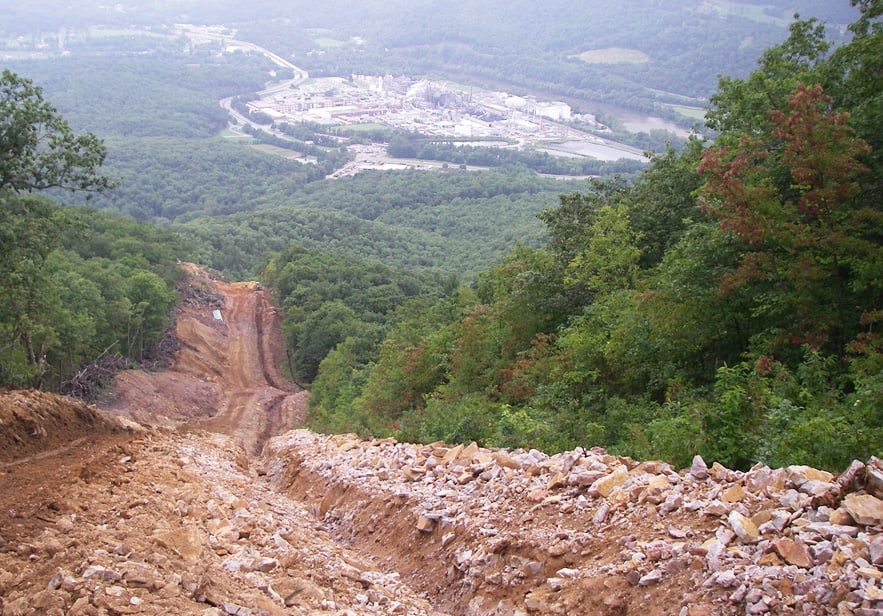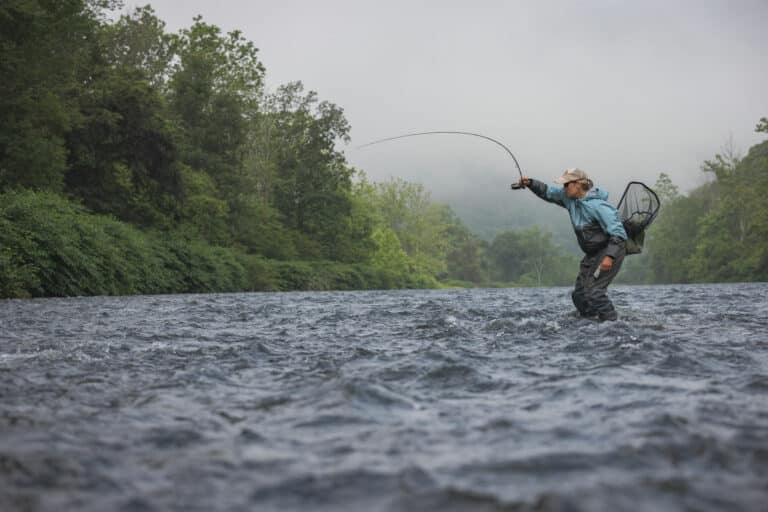On Tuesday, President Trump signed two memoranda clearing the path for the construction of the Keystone XL and Dakota Access Pipelines.
The President also signed a directive Tuesday to expedite environmental reviews of energy and infrastructure programs throughout the country. The Atlantic Coast Pipeline, a project that would carry fracked gas across West Virginia, Virginia, and North Carolina, is on the high priority list.
Similar to Keystone XL And the Dakota Access Pipeline, the Atlantic Coast Pipeline has been met with huge regional opposition. People across the Blue Ridge object to its crossing of the Blue Ridge Parkway, Appalachian Trail, Native American lands in North Carolina, and more.
The Atlantic Coast Pipeline is still in the midst of the Federal Energy Regulatory Commission’s approval process. Only time will tell how and when that process might change under the Trump Administration.
The Keystone XL Pipeline would carry 800,000 barrels of oil each day from Canadian oil sands to Nebraska, where it would join an existing pipeline to the Gulf Coast. The Obama Administration put the pipeline to rest in 2015, arguing that Keystone XL would perpetuate reliance on carbon-based energy and hold back the United States as a global environmental leader.
Trump’s invitation to TransCanada “to promptly resubmit its application to the Department of State for a presidential permit” leaves little question that the Administration wants the Pipeline approved. Yet the President made clear his approval won’t come without negotiation, asserting the importance of using only American steel in Keystone XL’s construction.
Proponents say Keystone XL will create jobs and bolster energy security. Critics oppose oil spill potential and oil sand extraction, a process with sizably higher greenhouse gas emissions than conventional oil extraction. Though Keystone XL has become a polarized and symbolic issue, both sides concede that the pipeline will not have a monumental economic or environmental effect on the country.
The Dakota Access Pipeline is also back in the spotlight. The Pipeline, which is already 90 percent complete, would link North Dakota oil fields to pipeline networks in Illinois. Throughout 2016, Native American groups protested the project because the pipeline would run under the Missouri River and sacred tribal sites less than a mile from the Standing Rock Sioux Reservation.
Due to this opposition, the Army Corps of Engineers halted the pipeline’s construction in December to consider alternative routes. Trump’s memorandum reverses this decision, directing the Army to “to review and approve” the Pipeline “in an expedited manner.”
Because Keystone XL and the Dakota Access Pipeline launched polarizing protest movements, the president’s pipeline memorandums are highly symbolic, setting the tone for the new Administration’s environmental stance.
Read more here.








